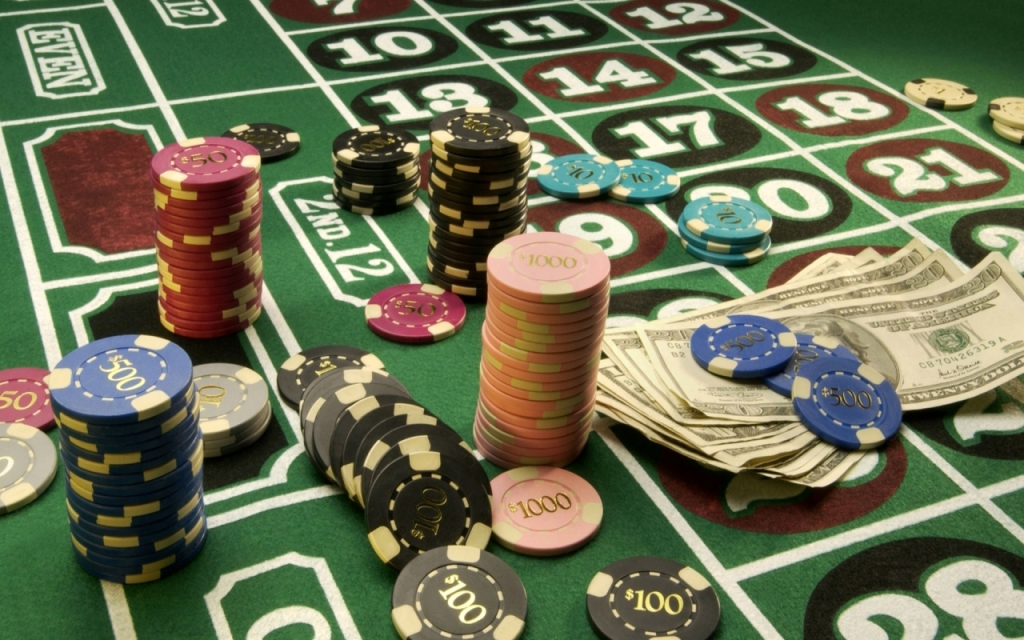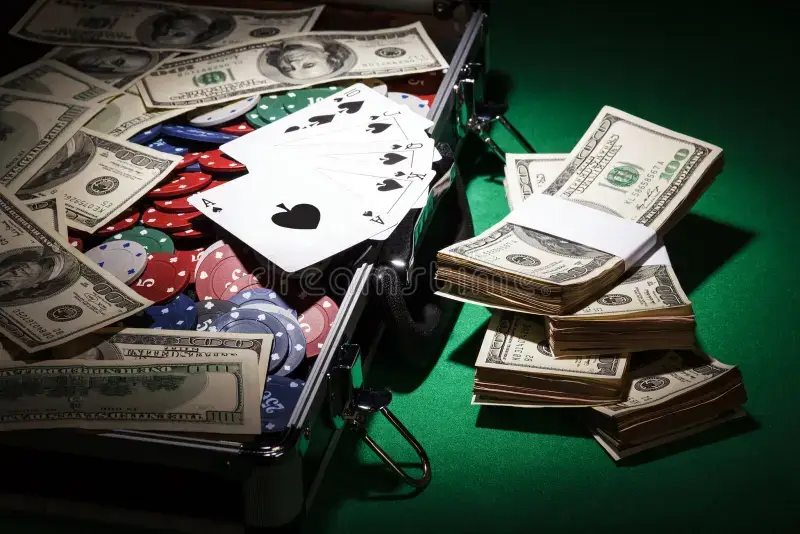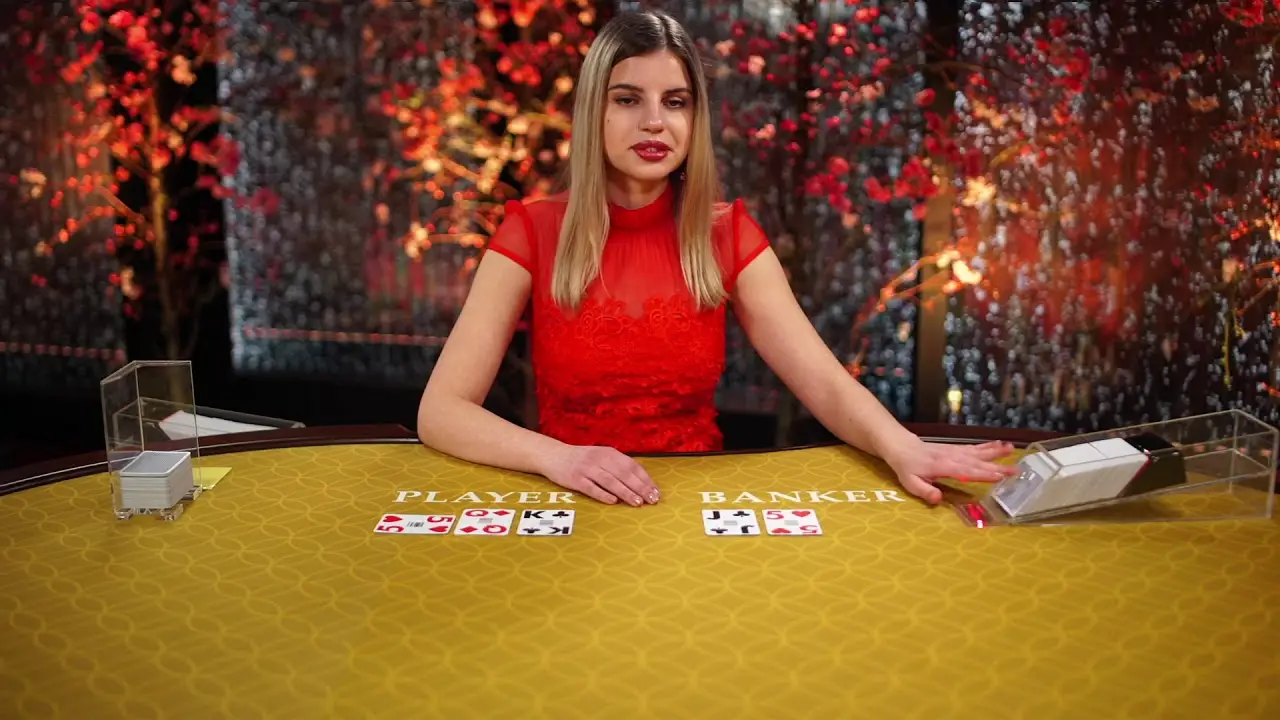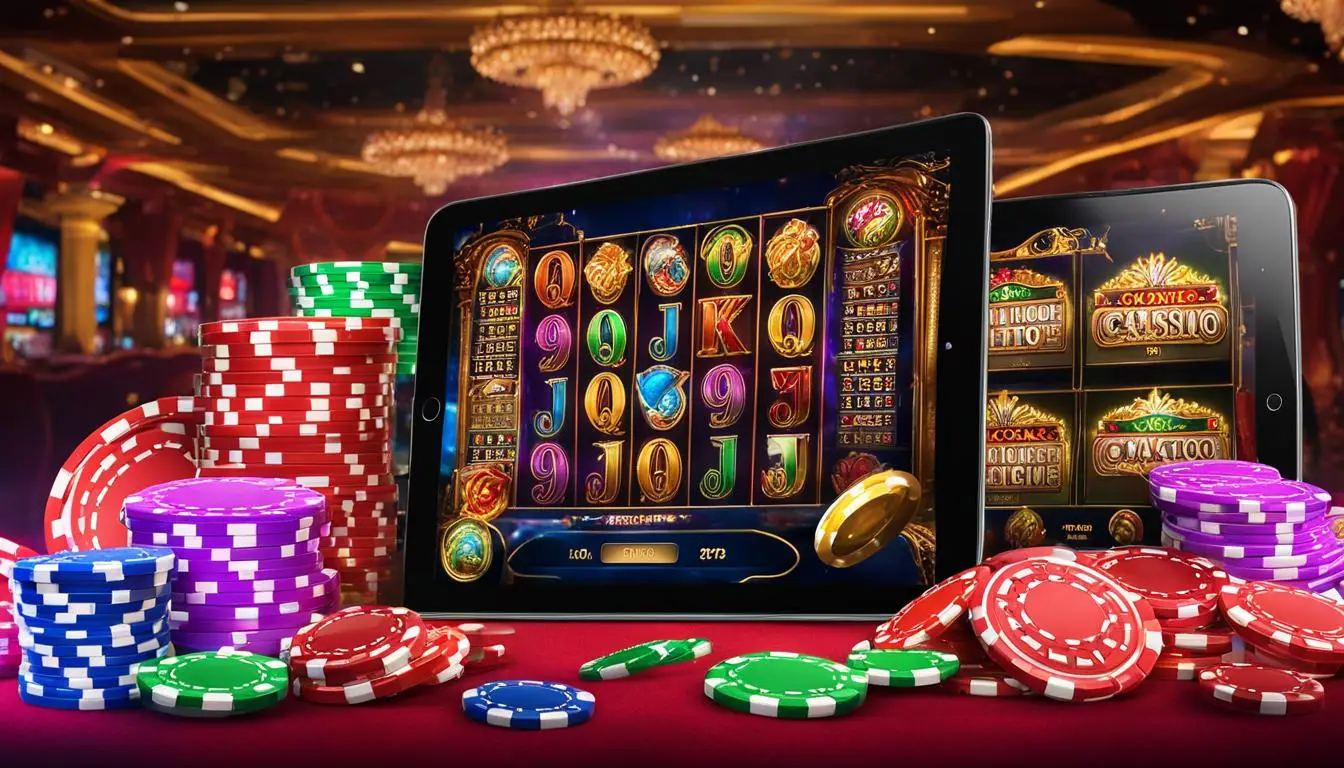The slot machine doesn’t make predictions, the roulette wheel doesn’t make a contract, but every roll, every card, every spin of the wheel can be the beginning of a new financial reality. It’s astonishing how a single moment can change not only the zeros on a bank account, but the perception of probability itself. The biggest casino wins aren’t just “lucky” statistics, but a chronology of explosive transformations where risk and luck converged in just the right way.
Archie Karas: $40 Million and the Road from Bankruptcy to Legend
The story of Arkadios “Archie” Karas has achieved cult status among the biggest casino jackpots. It was a combination of incredible growth, intellectual duels, ruthless decisions, and a catastrophic end. The initial $50 million loan grew to $40 million in less than three years. Gambling in California marked the beginning of the journey. The first significant bankroll increase was achieved in Las Vegas thanks to poker.
A Journey Through Poker Peaks
 Karas fought several singles matches against well-known professionals. His most famous opponents were Stu Ungar and Chip Reese. I finished every session on a high note. His earnings were $5 million per night. His playing style was characterized by coolness and an aggressive betting strategy.
Karas fought several singles matches against well-known professionals. His most famous opponents were Stu Ungar and Chip Reese. I finished every session on a high note. His earnings were $5 million per night. His playing style was characterized by coolness and an aggressive betting strategy.
Craps Crash: The Transition from Skill to Passion
After his poker victories, he focused on craps. A single game generated one to two million dollars in revenue, but the risk was illogical. At that point, a turning point occurred: instead of relying on calculations, he focused entirely on luck. In just two years, the disease had completely disappeared.
Kerry Packer Wins the World’s Largest Casino with $20 to $40 Million
Kerry Packer’s story is the epitome of controlled risk. An Australian media magnate approaches gambling from a business perspective and, thanks to an aggressive strategy, became one of the biggest casino winners.
Packer bought all the seats at the table in the VIP section and excluded the other players. His primary activity was blackjack, placing bets of up to $250,000 per hand. Important: The terms were pre-agreed with the house management. Such actions ensured minimal distraction and full concentration. The most productive session ended with a $40 million win. The game lasted 40 hours, including breaks. In the final phase, the split bet yielded a total of $3.5 million. As a thank you to the staff, Packer left a $1 million tip.
Young Engineer – $39.7 Million: Calculation, Luck, and Silence
One of the most famous examples involved machines. An anonymous engineer from Los Angeles became one of the casino’s biggest winners with just a few bets on the Megabucks slot machine. The slot machine had a progressive jackpot with increasing credits. The bet was $3. The gaming session lasted less than 30 minutes. Three Megabucks logos appeared at the end of the reels. The total amount was $39,710,826, making it the second-largest jackpot in the network’s history at the time.
Elmer Sherwin – $25 Million: Two Record-Winning Wins
Elmer Sherwin’s story is unique. The World War II veteran is the only person to have ever won the highest jackpot twice on a slot machine of the same type:

$4.6 million in Megabucks. Age at time of win: 76. The money was used to travel throughout Europe and support their families.
$3. Prize money: $21.1 million. Age: 92. This win made him the oldest jackpot winner in history.
Sherwin donated a portion of the funds to help rebuild the areas of New Orleans devastated by Hurricane Katrina. The story gained social significance and inspired countless media reports.
Don Johnson – $15.1 Million: No Card Counting
Unlike regular gamblers, Don Johnson viewed blackjack as an investment. Using a unique calculation algorithm and a special agreement, he managed to become one of the casino’s biggest winners.
The agreements with three casinos provided for compensation of up to 20% of losses, the elimination of betting limits, and access to high-liquidity tables. Bets ranged from $100,000 to $250,000 per hand. In six months, three wins were recorded: $5.8 million, $5 million, and $4.3 million. Instead of counting, probability estimation was used based on probability pressure models and index card calculations. This approach was called the “Reverse Loss Leader Strategy.”
John Tippin: $12 Million and the Price of an IPO
The story of John Tippin is a paradox: victory became not a source of freedom, but of pressure. Megabucks slot machine generates $11.97 million. But the consequences show that not all wins make life a dream. This case has landed on the list of greatest casino successes because it clearly illustrates the other side of luck.

He won the jackpot in Las Vegas. The machine is a standard Megabucks slot machine, the bet is $3. The machine offered the maximum payout as part of a savings increase. Tippin received a check, a photo, and publicity. And from that moment on, a completely different reality began. Journalists, colleagues, and even strangers began harassing me with phone calls and visits. Attempts to remain anonymous failed. Financial offers, threats, and pressure immediately followed.
Emi Nishimura – $8.9 million: An unexpected twist
The Hawaii winner is an example of how chance fits into the register of statistical anomalies. A healthcare worker in Honolulu played the same Megabucks slot machine where Tippin previously won a prize and won $8.9 million. It is extremely rare for this to happen on the same machine. This incident has become a permanent fixture on the list of biggest casino wins as an example of illogical, yet genuine, luck.
The media reported extensively on the victory. A long line formed around the machine: hundreds of people tried to “catch” the third jackpot. The manufacturer was forced to issue an official statement about the random nature of the wins. But the widespread belief in the “lucky place” has confirmed how strongly such stories influence behavioral economics.
Mike Ashley – $1.83 Million: Aggression, System, and Roulette
The billionaire owner of Newcastle United Football Club is one of the biggest casino winners with one of the most unconventional roulette strategies. The prize amounts to £1.3 million (equivalent to $1.83 million based on the exchange rate at the time of the incident). Location: Mayfair Private Club, London. The main instrument is a bet on the “end of the record,” which covers 17 roulette sectors, starting with number 17.
The most important feature is the control over the intervals between decisions. A system was used where the bet was placed only on the fourth spin after a loss, with a three-minute break. The goal is to reduce emotional involvement and maintain logical clarity. The player bet $25,000 on the combinations. The final win comes from a series of correct hits on number 17: a payout of 35x. After collecting her winnings, Ashley immediately left the table.
How can you make big wins at the casino?
 Each story in the collection isn’t a random sensation, but an indicator of the limits of human risk, analysis, or impulsiveness. The biggest casino wins prove that high stakes, good timing, and a systematic approach create the conditions for life-changing results. Each example reflects an important truth: victory isn’t the result of naivety, but the result of an action, a specific bet, a specific moment. And victory also shows that you must persevere and not give up.
Each story in the collection isn’t a random sensation, but an indicator of the limits of human risk, analysis, or impulsiveness. The biggest casino wins prove that high stakes, good timing, and a systematic approach create the conditions for life-changing results. Each example reflects an important truth: victory isn’t the result of naivety, but the result of an action, a specific bet, a specific moment. And victory also shows that you must persevere and not give up.
 en
en  ru
ru  de
de  ar
ar  es
es  nl
nl  hi
hi  fr
fr  it
it  pt
pt  el
el 



